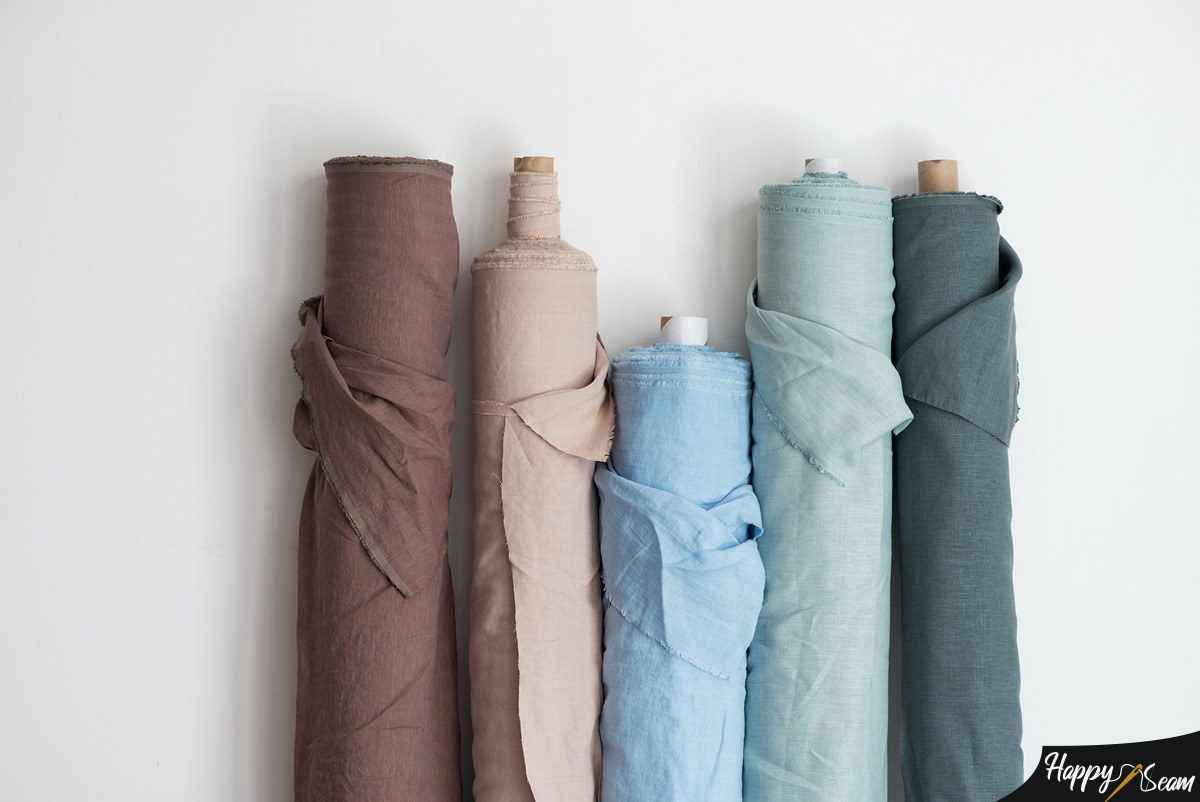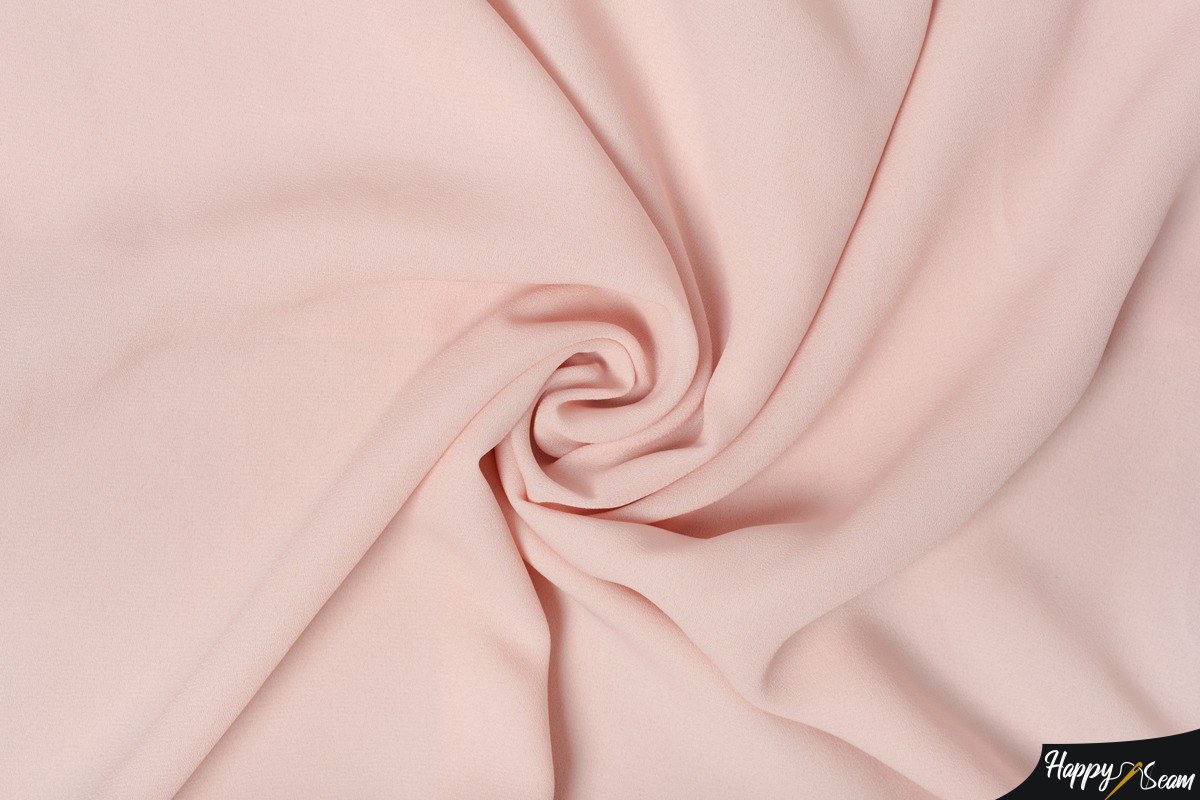First of all, polyester is a must-have fabric in your wardrobe because it’s highly durable, sweat and wrinkle-resistant, breathable as well as quick drying. What else could you possibly ask? But shrinking is today’s topic. Should you trust that 100% polyester won’t shrink? Let’s find out the answer altogether.
Before starting, I just want you to know most fabrics are polyester blending; that’s why even their shrinking level differs. Ok, enough with the chit-chat. Let’s get down to the business.
Key Takeaways
- Polyester, simply put, is a synthetic fabric. It’s known by people for being moisture-wicking, and I’m sure it’s used in most clothing fabrics.
- You can get 100% polyester which is really hard to shrink, but most of the time, polyester is blended with other materials with a percentage of different rayon, spandex, and cotton.
- Mixture fabrics with polyester cause more shrinking, and cotton does shrink the most amongst them all. The shrinking issue is born from this.
- Extremely hot water shrinks polyester more, so instead, use either lukewarm water or cold. Remember, cold water may not be able to clean the material entirely.
- Hand-wash is more favorable than putting it in the washing machine.
- Polyester gives a smoother and slippery feel, so hanging in the clothes rack openly will prevent shrinking.
Does Polyester Shrink?

Polyester doesn’t shrink at a fairly or comfortably high temperature in the washing machines, and feel free to put it in the dryer.
Nonetheless, the fabric can shrink if you put it in very hot water for a certain time. Plus, if it’s a blending fabric and not 100% polyester, it sure will shrink much easier.
What I would like to add here is whether polyester is very durable when it’s a hundred percent original; any fabric that is blended affects the size and eventually, over time, shrinks.
Using hot water affects the most, it won’t be visible in the first wash, but over time it will.
Polyester Blends – Which One Shrinks The Most?
You can tell from the price whether it’s a blend or 100% polyester. Those blends are spandex, cotton, or rayon fabric and are obviously more prone to shrink in comparison.
Each blended fabric has its own attributes. Let’s assume the polyester is in blend with cotton. When you wash it with hot water, it shrinks the most. Just know that polyester mixed with cotton is the number one enemy and has more tendency to shrink than polyester alone.
Polycotton Fabric
Polycotton fabric is a blend of 65% cotton and 35% polyester, or it can be 50/50. The thing with this combination is that cotton is considered a breathable material and dries much faster, and this case is mostly seen in T-shirts and bed linens which usually are considered in vogue fabric.
Even though the polyester is made of 100%, it still manages to shrink somehow in the first wash, it’s just the way the fabric works, but interestingly enough, it goes back to the shape it was. Know that polycotton fabric neither wrinkle nor shrink under normal washing temperatures.
Plus another fact is that you may wash it, but still, if you dry it at high heat, such as 140°F can shrink 100% polyester.
The polyester-cotton blend with 50/50, 65/35, and 60/40 performs best when you wash it with cool water because you can avoid any potential shrinking. It’s a known fact that the polycotton material has a tendency to shrink much less than full 100% cotton because polyester shields the material somehow.
Polyester and Rayon

The combination of light, silky materials like rayon is this year’s favorite fashion trend and seems like it’s going to be here for an extended period of time. Well, rayon is more delicate in comparison with the cotton mixture.
If you don’t hand wash gently in lukewarm water or even cold water in the machine (which I recommend you hand-wash for safety), it will most likely shrink.
Never in a million years clean dry the silky type materials; these clothes should be air dried because stretching and shrinking can happen in the first wash. We don’t want to ruin our beautiful dress, do we? Dry flat them or hang them on the clothes rack.
Polyester & Spandex
Underwear, yoga pants, and most gym clothes are made out of a polyester and spandex mixture. It kind of gives that elastic freedom. I’m sure you owned one and noticed that they shrink or stretch.
To not destroy the polyester-spandex fabric, wash it in water and then rinse in the cold. It’s safe to place it in the dryer at a very low heat setting.
Closing Words
Pure and 100% polyester shows a lot more durability than polyester, blending with other materials like cotton, spandex, and rayon.
On rare occasions, even 100% polyester can shrink, but usually, it doesn’t. This rare occasion is when you wash this material in boiling hot water; otherwise, the chances are low.
I feel like a duty to tell you the exact mixed material with polyester if you don’t want to know to shrink your clothes. The material can never be cleaned completely with cold water, and shrinking happens when using hot water. Polyester is prone to static electricity, you either should hand-wash it or use the warm setting in the machine.
After the washing ceremony is done, rinse the polyester material at low heat and hang it open. You can also use vinegar to clean the spot dirt or overall dirt, which is a great tip if you want to prevent color bleeding in other clothes.
That was all; hopefully, I managed to give you the answer you were seeking. See ya next time.
Further Reading
With the hope that you are satisfied with what you have been reading in this article, I’m going to suggest even more content that you can further read.
Let’s continue with the finest sewing lamps, in case you are feeling that your eyes are failing you and you want to purchase a lamp for your sewing machine and for you.
Next up, another topic that you’d probably be interested in reading is whether polyester wrinkles or not.
Last but not least, you can check an article about ironing cotton fabric and if you are allowed to do that.
Sewing is definitely one of my biggest hobbies. I’ve been doing it since i was young, thanks to my mother. I specialize in sewing, and that’s what i mostly write about.



